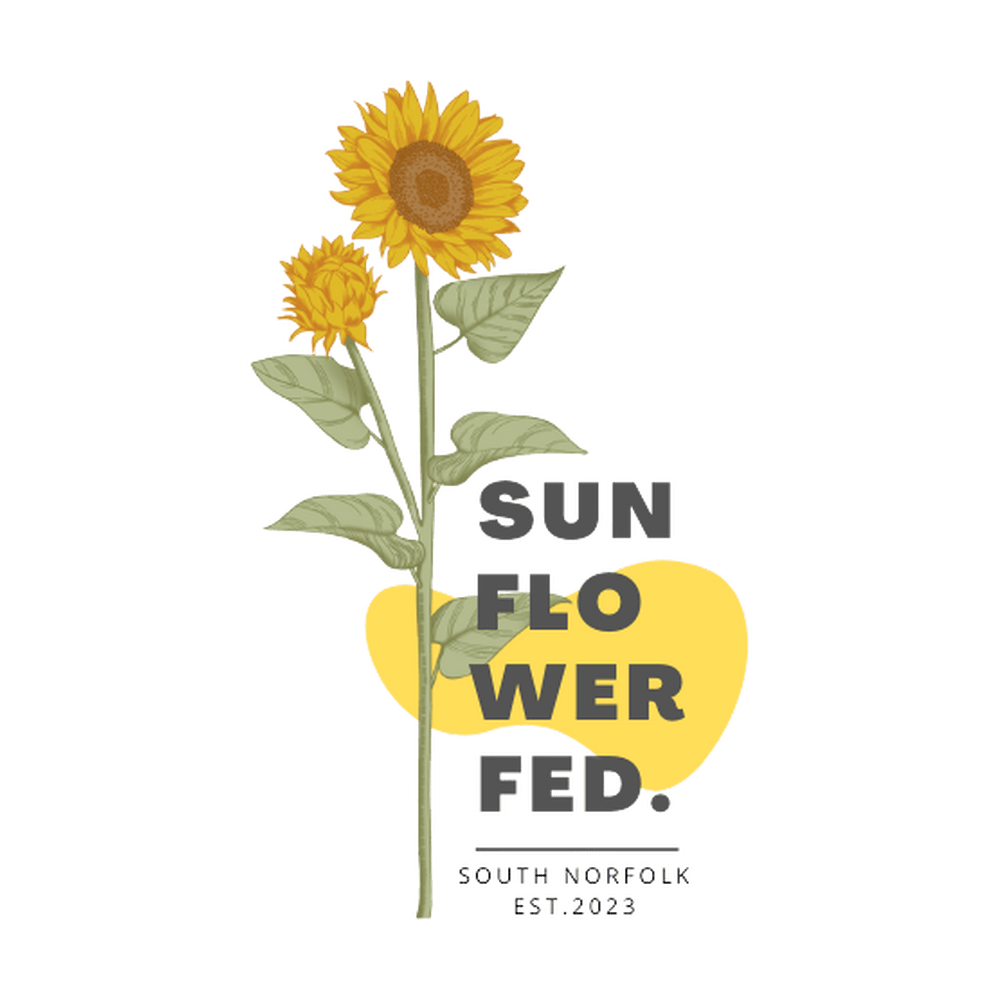
Brooke Primary School
brookeoffice@sunflowerfed.org.uk
01508 550419
High Green, Norwich, Norfolk, NR15 1HP
Mrs Sarah Lewis
Ms Tori Weal
Our Ethos
A small federation of small schools in South Norfolk. We are making the schools that we would have wanted to go to. By working together in collaboration, we improve one another and support each other to grow. Sunflowers are known for their resilience and symbolise hope, happiness, and growth. Our federation nurtures childrens’ academic, personal, and spiritual growth. It inspires children, staff, and parents to strive for excellence in all aspects of their life, just as sunflowers grow towards the sun and reach their full potential.
The roots, for Brooke CE VC’s church foundations, indicate that we are rooted and grounded in God's love, which is at the core of all our actions and educational philosophy. The stem represents our curriculum, which provides a strong foundation for our children across both schools to grow and thrive. The leaves symbolise our values, which drive our decision-making and behaviour. The petals are indicative of our key focuses such as DEI, careers, and compassion. Lastly, the bees and butterflies that are flying away from the sunflower represent the things that we want our children to leave us with, which are the skills, knowledge, and attitudes needed to make a positive impact in the world.

Hempnall Primary School
hempnalloffice@sunflowerfed.org.uk
01508 499264
The Street Hempnall, Norwich, Norfolk, NR15 2AD
Mrs Sarah Lewis
Ms Tori Weal


